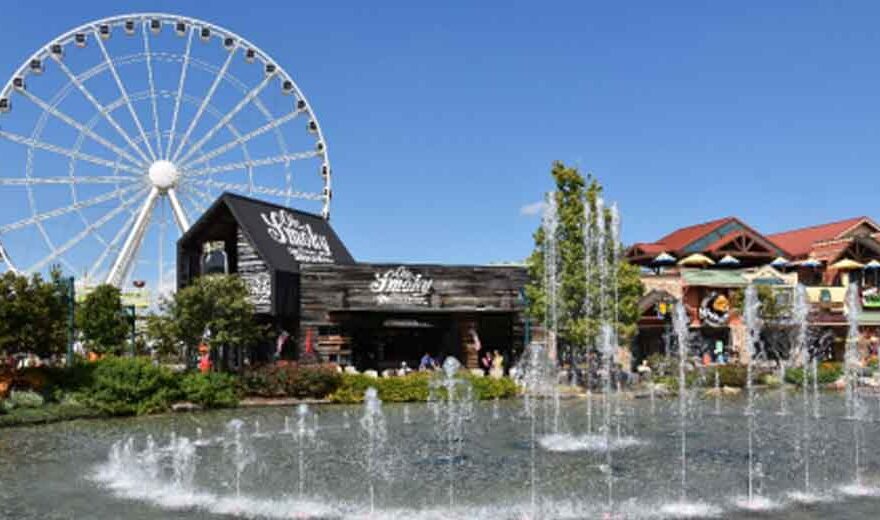How to Select & Use a Secure Lock for Adventure Travel

Traveling is about freedom, discovery, and the thrill of the unknown, but that doesn’t mean you should leave security to chance. Whether you’re backpacking through remote trails, road-tripping across states, or camping in national parks, protecting your gear is just as important as planning your route. A secure lock isn’t just a piece of hardware, it’s peace of mind.
In this guide, we’ll explore how to choose a travel lock that suits your adventure style, where and how to use it, and why lock security is an often-overlooked part of travel prep. From choosing the right materials to understanding which locks work best in different situations, you’ll leave feeling ready to explore without worry.
Why Travel Security Matters
Adventure travel often means you’ll be away from traditional security systems. There are no front desks, CCTV cameras, or safes when you’re sleeping in a tent or parking your van near a trailhead. And while most adventurers are good-natured, opportunistic theft can happen.
Losing your backpack, bike, or electronics while on the road is more than a minor inconvenience; it can end a trip early or leave you stranded. A well-chosen lock acts as a first line of defense.
Types of Locks and When to Use Them
When planning your trip, think through all the places where your gear may be left unattended. Whether it’s while grabbing lunch in town or leaving your tent site for a day hike, the right lock can make the difference between peace of mind and a costly mishap.
Depending on your gear and destination, the right choice may vary:
1. Cable Locks
- Best for: Securing bikes, gear bags, or multiple items together.
- Pros: Flexible and lightweight.
- Cons: Easier to cut with bolt cutters.
Cable locks are ideal when you want flexibility, like attaching gear to your bike or bundling bags together in a shared hostel room. Some models feature combination codes, while others use keys.
2. Padlocks (TSA-Approved or Heavy-Duty)
- Best for: Locking zippers on luggage or securing storage bins.
- Pros: Compact and travel-friendly.
- Cons: TSA-approved versions offer less security.
If you’re checking your gear or using lockers in transit hubs, a TSA-approved padlock is a must. For outdoor storage, go for weatherproof, heavy-duty padlocks with hardened steel shackles.
3. U-Locks and D-Locks
- Best for: Bikes, scooters, or securing items to poles.
- Pros: Tough and theft-resistant.
- Cons: Bulky and heavy.
These are favorites among cyclists and van-lifers. While not ideal for hiking trips, they’re excellent if you’re transporting your own wheels.
4. Portable Alarm Locks
- Best for: Campsites, trailers, and high-risk zones.
- Pros: Sound alerts deter theft.
- Cons: Require batteries.
A great tech-enhanced option, these locks emit a loud alarm if tampered with, useful for alerting you at night or scaring off would-be thieves.
What to Look for in a Travel Lock
A good travel lock should be intuitive to use in dim lighting or stressful situations. Test it out before your trip to avoid fumbling when speed or stealth matters. Durability and ease of operation are just as critical as the lock’s resistance to theft.
Don’t just grab the first thing on the shelf. Consider these features:
- Material Strength: Hardened steel resists cutting; avoid plastic or low-grade metal.
- Weight: You’ll carry it, so find a balance between security and portability.
- Weather Resistance: Rust-resistant coatings are essential for outdoor use.
- Locking Mechanism: Combination vs. key locks, choose based on what you’re more likely to keep track of.
- Size: Make sure it fits your intended use (e.g., the lock hole size for zipper pulls or gear loops).
How to Use Locks Effectively on the Road
Practice locking and unlocking quickly, especially if you’re using a new mechanism. In high-traffic areas, quick application minimizes the time your gear is exposed.
Also, vary your locking habits to avoid becoming predictable to potential thieves. If you don’t use it wisely. Here are some practical tips:
- Double Lock When Possible: Use two different types of locks (e.g., a U-lock and a cable lock) to deter thieves.
- Secure to Immovable Objects: Poles, racks, or permanent fixtures are your best bet.
- Keep Valuables Out of Sight: A locked item that’s visible is still a target; try to hide or camouflage your gear.
- Lock It Every Time: Even a quick trip to a lookout point or cafe can be long enough for someone to snatch unsecured gear.
- Check Tension and Placement: Loosely attached locks or ones with too much slack are easier to tamper with.
Essential Items to Always Lock Up While Traveling
Whether you’re moving between campsites or checking into a roadside motel, knowing what to secure can make all the difference. Here’s a quick checklist:
- Backpacks and Daypacks: Especially when left unattended.
- Electronics: Laptops, cameras, drones, and portable chargers.
- Bike or E-bike: Always use at least one heavy-duty lock.
- Coolers or Food Bins: Useful in bear country and for preventing theft.
- Trailers or Rooftop Boxes: Popular with car campers and overlanders.
- Documents and Identification: Passport, ID, travel insurance.
These items are either expensive to replace or essential to your journey. Locking them up helps avoid unnecessary delays or losses.
A Different Kind of Adventure: Protecting Valuables on the Road
Not all adventure travel happens off the grid. Sometimes the road takes us through everyday logistics, moving gear between campsites, transporting outdoor equipment cross-country, or navigating long road trips with valuable cargo.
In these situations, keeping your moving truck, storage unit, or vehicle safe is just as important as locking up your backpack in the woods. A heavy-duty lock designed for storage settings becomes a necessity. If you’re choosing locks for self-storage units, disc locks and shrouded padlocks offer the highest protection from tampering and bolt cutter attacks.
Thinking ahead about how to protect your gear during stops or overnight stays adds a layer of confidence to every mile of your journey.
Final Thoughts
Choosing the right lock for adventure travel is about more than avoiding inconvenience; it’s about preserving your experience. When you can leave your gear without worry, you gain the freedom to hike longer trails, sleep more soundly, and fully engage with the world around you.
So before your next journey, take time to assess what you’re carrying and how best to protect it. From inherited properties to trailhead backpacks, a solid lock keeps your adventure on track.


